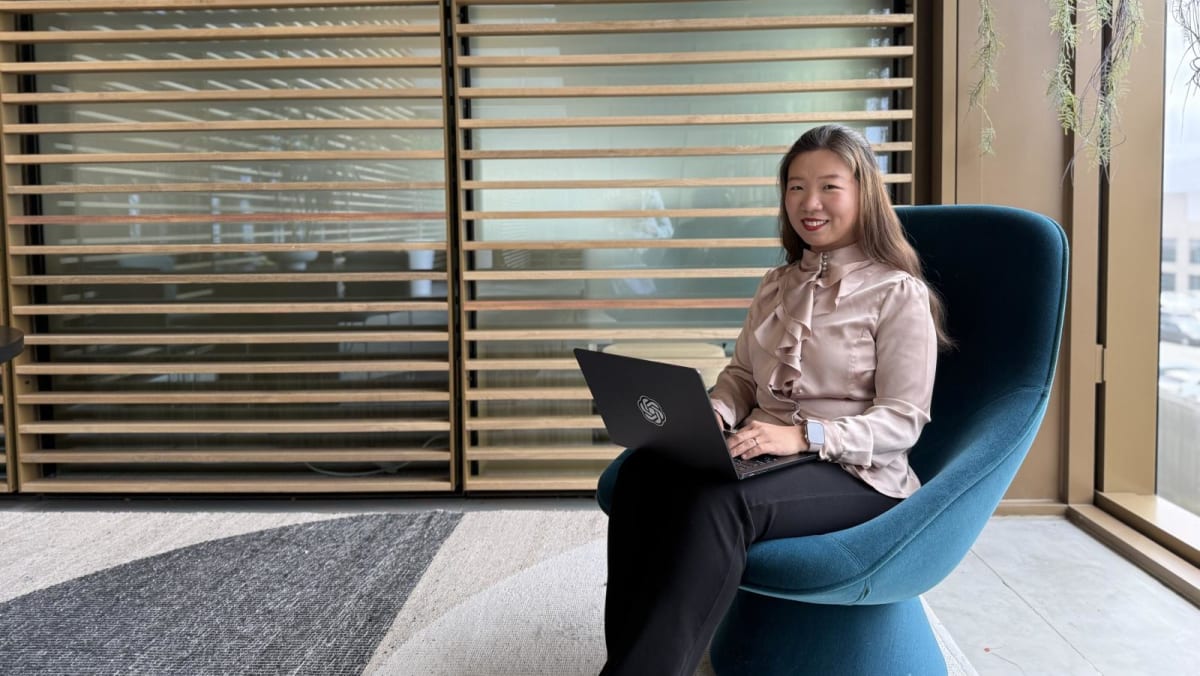TikTok’s Chew Shou Zi is not the only Singaporean driving global technology.
You may not have heard of Ms Jerene Yang, but chances are, you have probably used the technology she is helping to develop.
The 35-year-old is head of OpenAI’s Runtime, the massive computing engine behind ChatGPT. Ms Yang’s team of 35 artificial intelligence (AI) engineers and experts help to enable new ChatGPT models to be trained and rolled out for use.
These model upgrades are game-changing. If you have ever lamented to ChatGPT about a bad breakup, for instance, the first version of ChatGPT might say: “Here are some things you can do. One: Go for a walk. Two: Eat some good food. Three: Talk to friends.”
Quite unhelpful for a heartbreak, Ms Yang said.
The latest ChatGPT, however, would respond more empathically and even ask insightful questions, almost like a friend or therapist.
Indeed, because of how human-like ChatGPT has become, many users are developing friendships and relationships with it, although the consequences of having such a close relationship with a chatbot are still very much under scrutiny.
Beyond that, as a tool for basic research, new models provide more accurate answers faster and more cost-effectively, driving forward the AI revolution.
FROM SINGAPORE TO SILICON VALLEY
When I met Ms Yang in late April, the first thing that struck me was how down-to-earth she was.
Based in San Francisco, United States and back in Singapore for four days to attend an AI conference, she had just arrived on a red-eye flight the night before. Her first stop at 10 o’clock in the morning was the wet market at Block 505 Jurong West Street 52.
“I didn’t even check in at the hotel. I took my luggage and went. I had chicken porridge at Soh Kee, fish soup at 128 Fish Porridge and chicken rice. I starved myself on the plane so I could eat,” she said with a laugh about how she had all three dishes in one go.
These were the types of meals this overseas Singaporean grew up eating and sorely missed.
Homegrown to the core, Ms Yang spent her childhood playing at “dragon” playgrounds – a design for playgrounds in public housing estates that began in the late 1970s and is now considered “retro”.
After 16 years in the US, she still speaks Singlish at home with her Singaporean husband and two young sons, and always keeps a bottle of sambal handy on her desk to pair with everything from fries to burgers. Her in-laws take these over to her in bulk when they visit from Singapore.
When you look past her pivotal role working on era-defining AI technology, she almost sounds like a friend you and I might have.
How did she go from the Little Red Dot to the frontier of Silicon Valley?
“When I was very young, I played plenty of computer games, like StarCraft,” she said with a chuckle, referring to the online real-time battle between humans, insectoids and aliens for galactic dominion.
“And I like math a lot, so I thought maybe computer science was the right focus area for me.”
